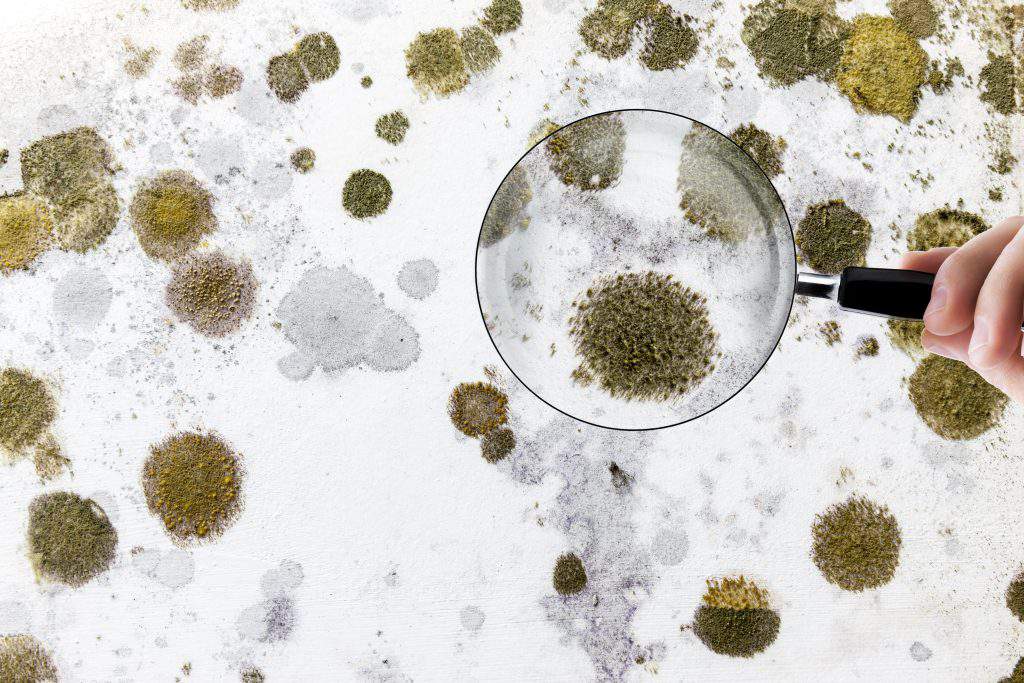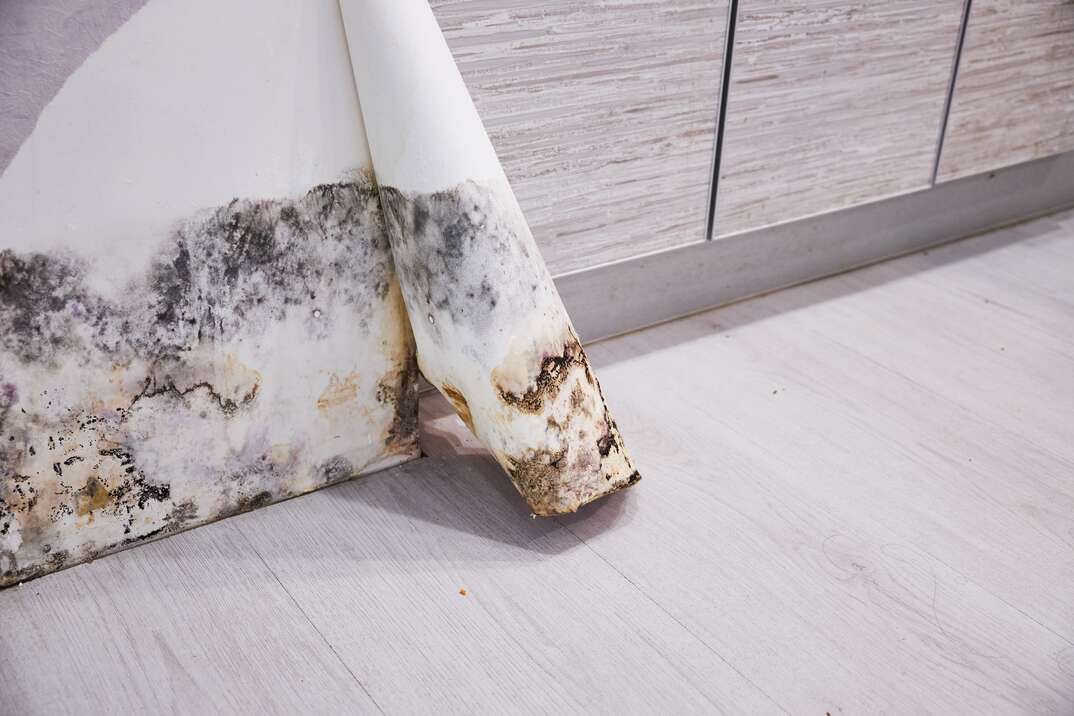Expert Tips for Message Mold Removal Success
In the world of mold remediation, successfully getting rid of mold is only half the fight; the real obstacle depends on avoiding its reappearance. Post-remediation initiatives play a critical function in guaranteeing a mold-free setting in the long-term. By adhering to expert pointers and finest practices, people can secure their rooms against mold and mildew renewal and keep a healthy and balanced indoor setting. It is in this phase of the removal process that attention to detail and positive steps absolutely make a distinction.
Screen Humidity Levels Routinely
Normal monitoring of humidity levels is necessary in ensuring the performance of message mold and mildew remediation initiatives. After finishing mold and mildew removal procedures, preserving ideal humidity degrees is critical to stop mold and mildew re-growth and ensure a healthy and balanced indoor setting. Tracking moisture degrees permits early detection of any type of spikes or fluctuations that might potentially cause mold rebirth. High humidity degrees over 60% create a helpful atmosphere for mold and mildew to thrive, making normal keeping an eye on a positive step to protect against any type of future mold problems - After mold remediation.
In addition, establishing a regular timetable for humidity checks, specifically in high-risk areas such as cellars, restrooms, and cooking areas, is an aggressive method to mold and mildew prevention. By constantly keeping track of moisture degrees, residential or commercial property proprietors can effectively reduce the danger of mold reoccurrence and preserve a healthy interior setting post-remediation.
Conduct Thorough Inspections Post-Remediation
Following the completion of mold remediation procedures, it is essential to conduct detailed inspections to verify the effectiveness of the removal procedure. These post-remediation inspections are crucial in guaranteeing that the mold issue has actually been efficiently addressed which there is no reappearance or remaining mold and mildew development. Assessments need to be performed by certified experts that have know-how in determining mold and examining indoor air quality.
Throughout these examinations, numerous techniques such as visual assessments, air tasting, and surface sampling might be employed to extensively review the remediated areas. Visual analyses entail a thorough examination of the facilities to check for any kind of noticeable signs of mold and mildew growth or water damage. Air sampling helps in establishing the airborne mold and mildew spore levels, while surface area sampling can identify mold and mildew bits on surface areas.
Implement Appropriate Ventilation Approaches
After making certain the efficiency of the mold remediation procedure through complete assessments, the following vital action is to focus on implementing appropriate air flow approaches. Appropriate ventilation is vital in protecting against mold and mildew reoccurrence by managing dampness levels and promoting air view it now flow.
Appropriate air flow not just help in protecting against mold growth however likewise adds to the overall health and comfort of residents. By making certain adequate air flow throughout the property, you can lower the danger of mold regrowth and produce a healthier living setting.

Use Mold-Resistant Products for Fixes
To improve the long-term performance of mold and mildew removal efforts, incorporating mold-resistant materials for fixings is critical in alleviating the risk of future mold and mildew development. Mold-resistant materials are created to withstand dampness and prevent mold and mildew growth, making them an essential selection for areas vulnerable to our website dampness and moisture. When fixing areas influenced by mold and mildew, making use of materials such as mold-resistant drywall, mold-resistant paints, and mold-resistant caulking can aid prevent mold recurrence.
Mold-resistant drywall is an excellent option to standard drywall in locations like cellars and washrooms where moisture levels are higher. This sort of drywall has an unique layer that resists mold growth even when subjected to damp problems. Additionally, making use of mold-resistant paints containing antimicrobial agents can even more prevent mold growth on wall surfaces and ceilings.
In locations where moisture prevails, such as kitchen areas and washrooms, making use of mold-resistant caulking around bathtubs, sinks, and home windows can assist secure out water and prevent mold and mildew from holding in fractures and gaps. By spending in these mold-resistant products during repairs post-remediation, you can substantially minimize the possibility of future mold problems and maintain a healthier indoor setting.
Maintain Sanitation and Address Water Issues
After mold and mildew remediation, it is important to maintain a tidy environment to prevent the regrowth of mold. Leakages, water intrusion, or high humidity levels can produce the best breeding ground for mold, so it is visit the site essential to take care of any water-related troubles promptly.
To keep tidiness, consider using HEPA filters in vacuums and air purifiers to trap mold spores and avoid their blood circulation in the air. Additionally, making sure appropriate air flow in locations vulnerable to moisture buildup, such as bathrooms and kitchen areas, can aid keep humidity degrees in check. By staying cautious concerning tidiness and dealing with water problems promptly, you can effectively avoid mold and mildew reinfestation and preserve a healthy interior setting.
Verdict

In the world of mold and mildew removal, successfully removing mold and mildew is only half the fight; the real challenge lies in avoiding its reappearance. After completing mold remediation procedures, preserving optimum moisture degrees is crucial to stop mold re-growth and make sure a healthy and balanced interior setting. High humidity degrees over 60% develop a conducive environment for mold to prosper, making normal checking a proactive step to stop any type of future mold problems.
To boost the lasting efficiency of mold removal initiatives, integrating mold-resistant materials for repair work is vital in minimizing the threat of future mold and mildew growth. After mold removal, it is essential to preserve a clean setting to protect against the regrowth of mold and mildew.
Comments on “After Mold Remediation Methods for Clean Spaces”